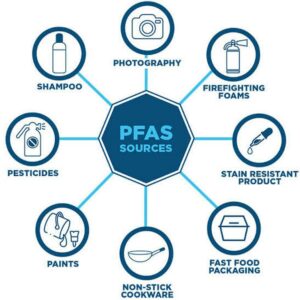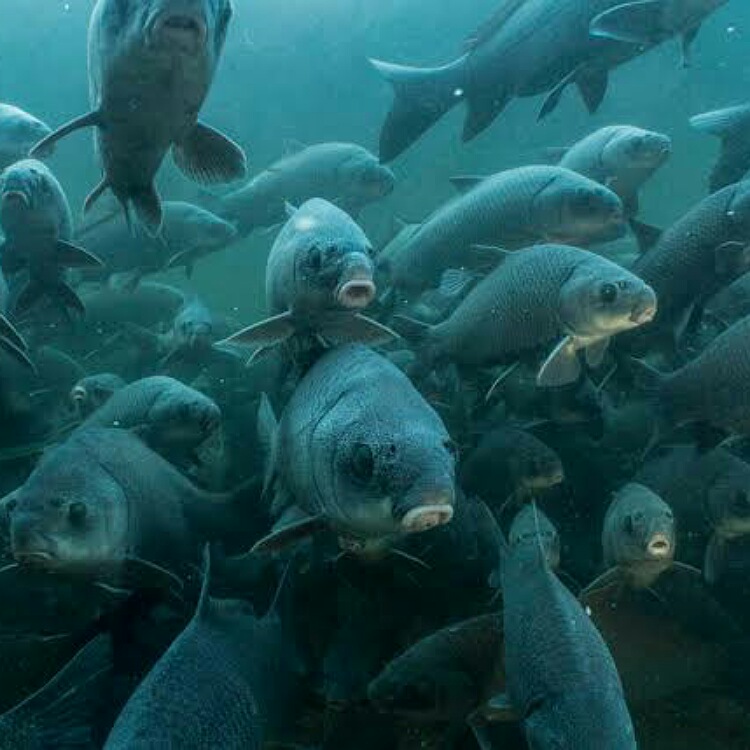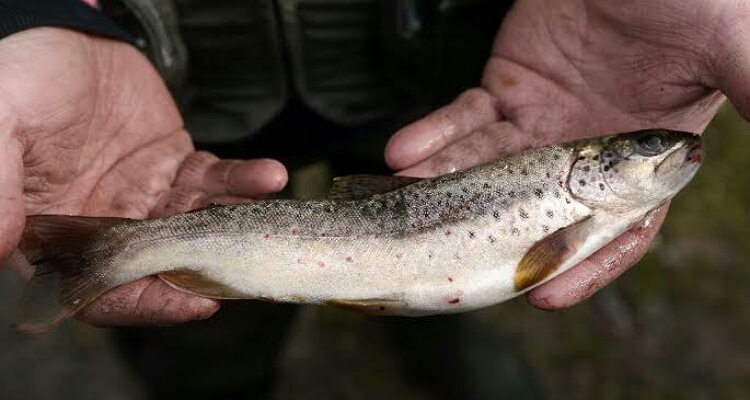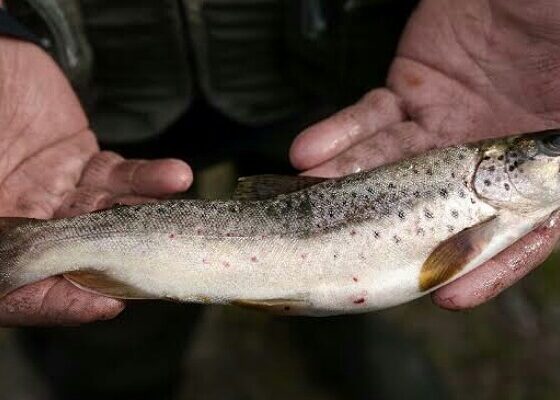Earlier, one could catch fish from local rivers or ponds of the USA and consume them safely with no fear. But no more. Because a new study has found that a freshwater fish contains PFAS (per- and polyfluoralkyl substances) also called forever chemicals that are harmful for the body. This is worrying and there is an urgent need for regulations on this matter.
American freshwater fish and PFAS
Earlier, fishing locally and in the wild and consuming the caught fish was a great hobby and pastime venture for many. It was also relatively safe. But now things have changed completely. Ever since, PFAS or per- and polyfluoroalkyl substances came into existence for various applications, these chemicals have been polluting the fresh water bodies in the USA.
These are invisible chemicals that inventors developed in the 1940s. They are resistant to heat and water and remain intact in the environment. These substances or forever chemicals are of use in the textile and food packaging industry.

Moreover, manufacturers employ it in coating of non-stick cookware, and in fire suppression foams. Over time, these pollutants released into water bodies have contaminated soil, lakes, rivers, air, drinking water, foods, and also our bodies.
They can cause liver damage, several kinds of cancer, diminished immune response, and high cholesterol. There is a growing voice to ban these chemicals.
The study detail
A team of researchers analyzed the content of these forever chemicals in freshwater fish in the USA. Between 2013 and 2015, they sampled 500 fish. The findings of this study published in the reputed journal, Environmental Research revealed that the median amount of these harmful substances in these fish was 9500 nanograms per kg of the fish. This is quite high. This was equivalent to drinking water contaminated with these substances at 48 parts per trillion for a month. And this was 278 times higher than that found in commercially farmed fish.

The Environmental Protection Agency had last year said that the safe level of these substances in drinking water is 0.02 parts per trillion. PFOS or perfluorooctane sulfonate formed three-quarters of these substances and they are the most hazardous of them all.
David Andrews, a senior scientist at the non-profit Environmental Working Group that did the study grew up eating self-caught fish. He said:
“I can no longer look at a fish without thinking about PFAS contamination,”
He added that the disadvantaged community use fish as the main source of protein. This would impact them a lot. He expressed:
“This research makes me incredibly angry because companies that made and used PFAS contaminated the globe and have not been held responsible.”
Other experts opine
Also, read Tilapia fish: nutritive value, controversy, and advantages!
Patrick Byrne is an environmental pollution researcher at the U.K.’s Liverpool John Moores University and he was not part of the study. But giving his opinion on it, he told AFP:
“PFAS are probably the greatest chemical threat the human race is facing in the 21st Century.”
“This study is important because it provides the first evidence for widespread transfer of PFAS directly from fish to humans.”

David demands a ban on all non-essential uses of these chemicals. A few days back the nations of Germany, Denmark, the Netherlands, Norway and Sweden have submitted a proposal to the EU’s European Chemicals Agency to stop the use of these substances. They have realized that there is no regulations on their use and it has led to widespread pollution.
